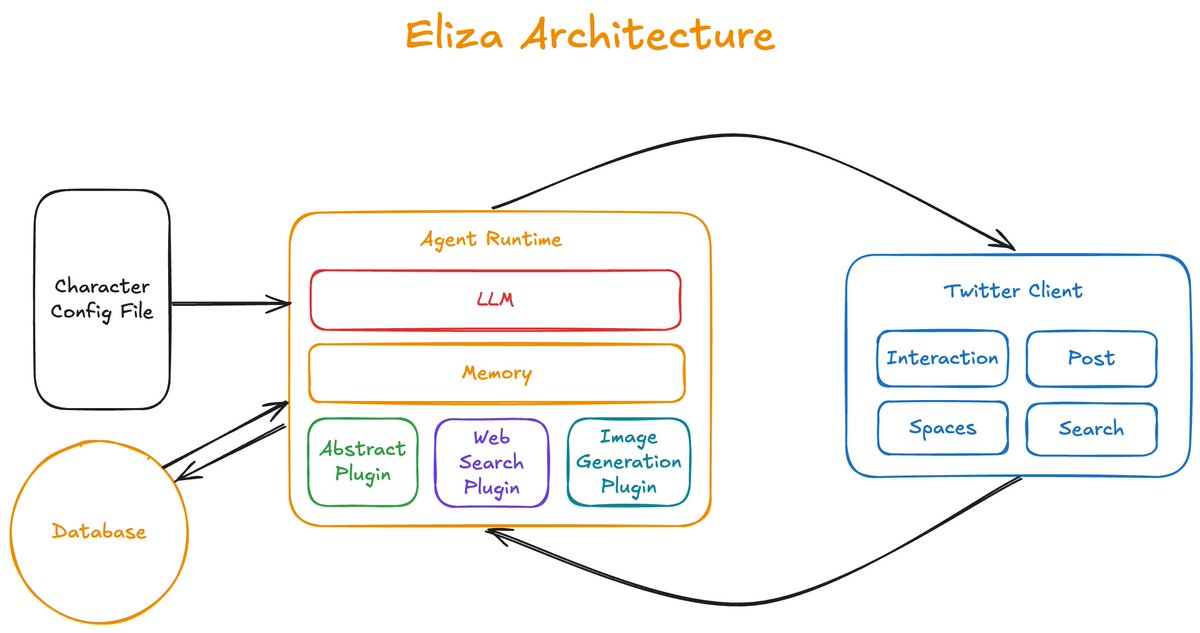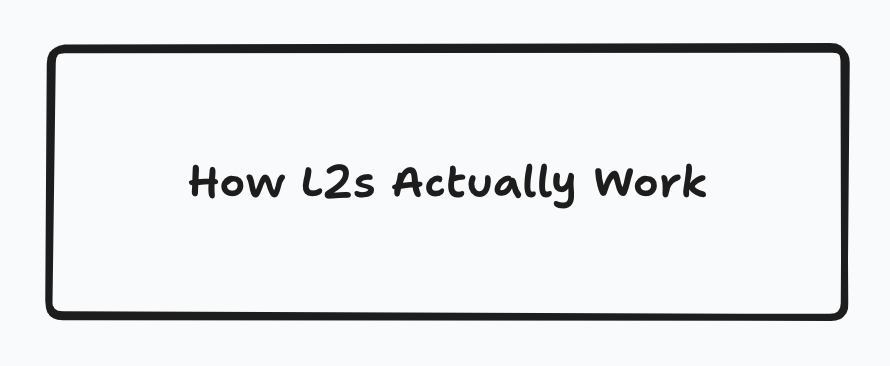Hello @IGGYAZALEA (and everyone else), just wanted to give you a very simple primer on gas fees in blockchains:
1) Why do transactions have a gas fee?
This is how the validators (the ppl running computers) of a blockchain get paid. They run computations on their computers, which requires a certain amount of energy. Gas fees are how they're compensated for doing so.
Additionally, without gas fees, a blockchain may get spammed. Gas fees make it hard for a bad actor to take down blockchains (through a DDoS attack).
2) How are fees computed?
They're based on a couple different factors including how busy the chain is, how intense the transaction's computations are, and how much the user is willing to pay.
3) Why are Ethereum fees so high? Solana fees are a lot lower!
Ethereum is designed to be maximally decentralized, meaning the computers participating in the network can be pretty weak. A blockchain is as strong as its weakest link. Due to the low hardware requirements, the chain can only process so many transactions, requiring higher gas fees to prevent congestion.
Solana has more powerful computers running in the network. This allows it to process more transactions faster, thus requiring lower fees. The tradeoff here is that fewer people can participate in the network.
4) Does @VitalikButerin keep Ethereum gas fees?
He does not. Sorry, he's not actually the Ethereum gas monster.
Instead, gas fees are partially given out as validator rewards, and partially burned (deleted from existence). This keeps the supply of Ethereum relatively low (sometimes deflationary). You can argue that this helps Vitalik's pockets, but it also helps every other ETH holder's pockets as well.
1) Why do transactions have a gas fee?
This is how the validators (the ppl running computers) of a blockchain get paid. They run computations on their computers, which requires a certain amount of energy. Gas fees are how they're compensated for doing so.
Additionally, without gas fees, a blockchain may get spammed. Gas fees make it hard for a bad actor to take down blockchains (through a DDoS attack).
2) How are fees computed?
They're based on a couple different factors including how busy the chain is, how intense the transaction's computations are, and how much the user is willing to pay.
3) Why are Ethereum fees so high? Solana fees are a lot lower!
Ethereum is designed to be maximally decentralized, meaning the computers participating in the network can be pretty weak. A blockchain is as strong as its weakest link. Due to the low hardware requirements, the chain can only process so many transactions, requiring higher gas fees to prevent congestion.
Solana has more powerful computers running in the network. This allows it to process more transactions faster, thus requiring lower fees. The tradeoff here is that fewer people can participate in the network.
4) Does @VitalikButerin keep Ethereum gas fees?
He does not. Sorry, he's not actually the Ethereum gas monster.
Instead, gas fees are partially given out as validator rewards, and partially burned (deleted from existence). This keeps the supply of Ethereum relatively low (sometimes deflationary). You can argue that this helps Vitalik's pockets, but it also helps every other ETH holder's pockets as well.
• • •
Missing some Tweet in this thread? You can try to
force a refresh

















